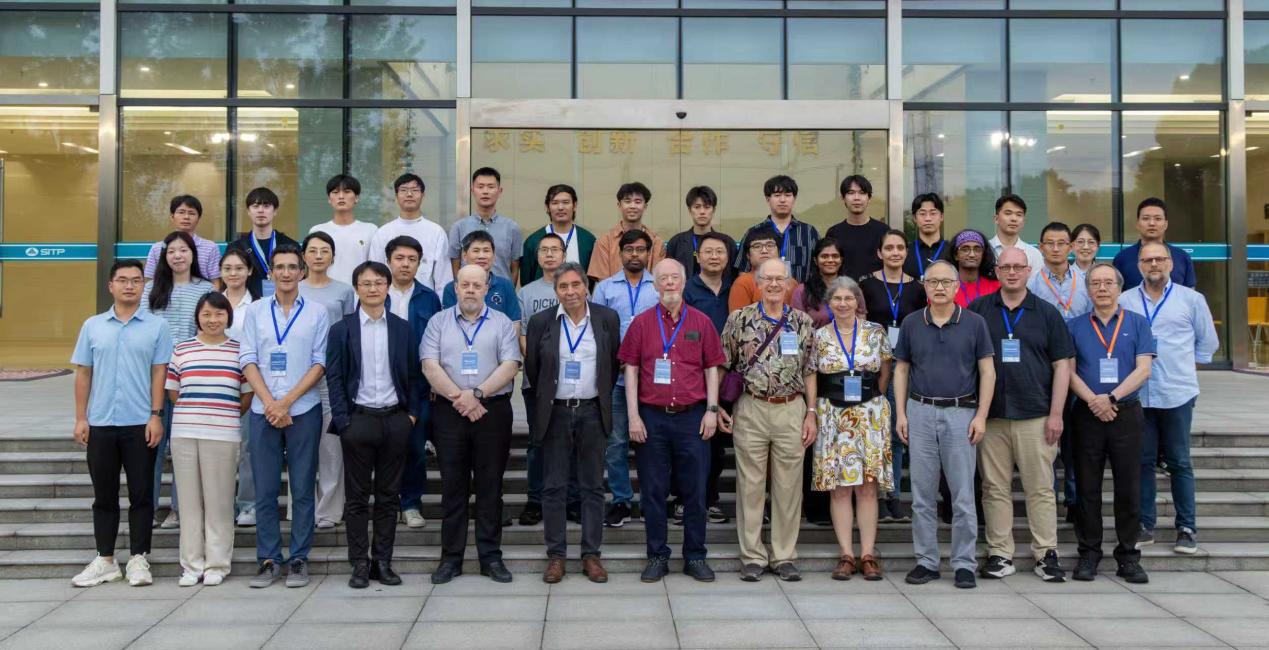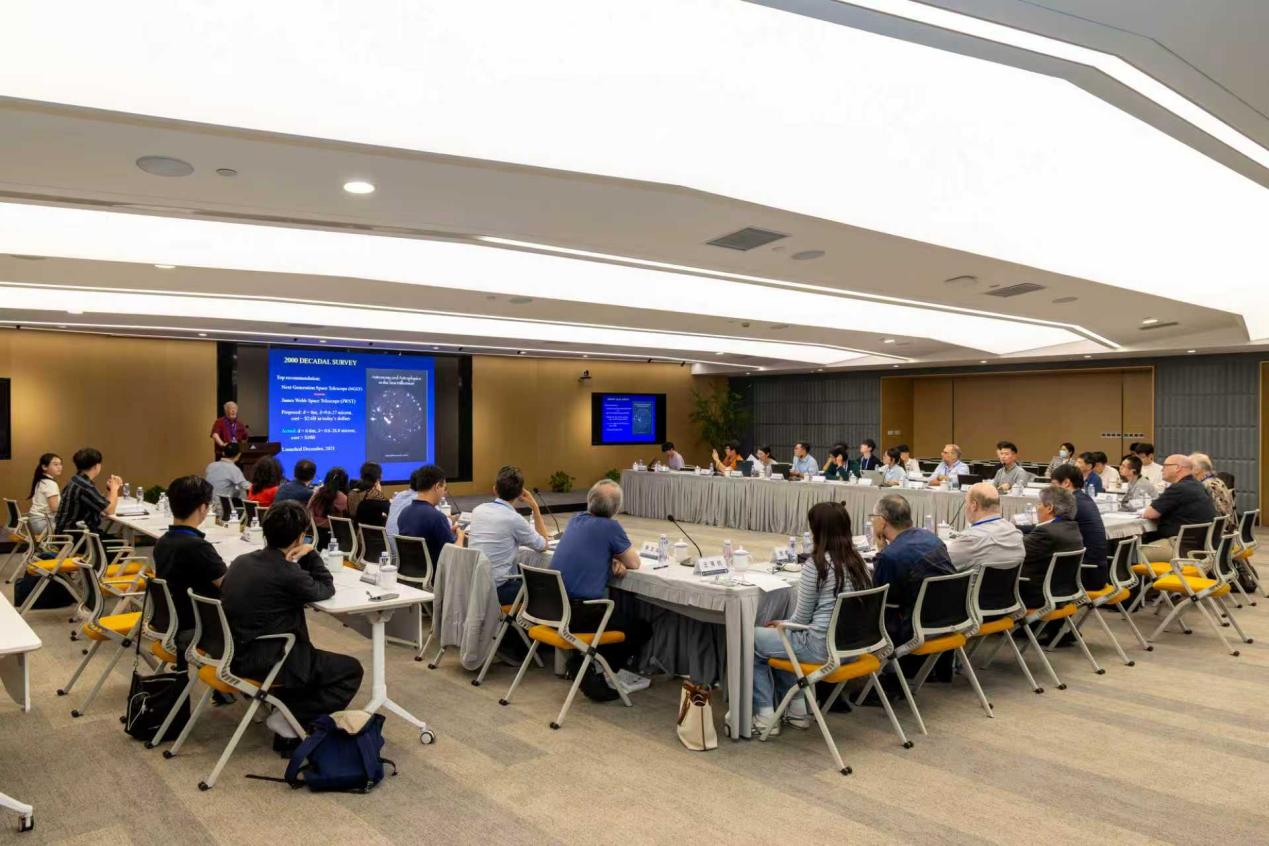- 首页 >> Research >> Research Progress
Research Progress
“2025 Space Astronomy Workshop” Opens in Shanghai
The 2025 Space Astronomy Workshop opened on October 15 in Shanghai. The event was hosted by the Shanghai Institute of Technical Physics (SITP) under the Chinese Academy of Sciences (CAS). More than 50 participants attended the workshop. They included senior, distinguished, and early-career scholars from the CAS President’s International Fellowship Initiative (PIFI), along with researchers from the Shanghai Astronomical Observatory and the Shanghai Institute of Technical Physics.
The event was jointly organized by State Key Laboratory of Infrared Physics and the Shanghai Astronomical Observatory. It was chaired by Dr. Liu Tie, a research fellow at the Shanghai Astronomical Observatory and Chinese lead for the PIFI program.
At the opening session, Dr. Hu Weida — Deputy Director of SITP and Director of State Key Laboratory of Infrared Physics— delivered welcome remarks on behalf of the hosts. Professor Christopher McKee from the University of California, Berkeley, and a member of the American Academy of Arts and Sciences, spoke on behalf of the international participants.
The workshop featured a series of talks by leading experts. Professor McKee, together with Professor John Bally from the University of Colorado, Professor Mika Juvela from the University of Helsinki, Professor Mark Krumholz from the Australian National University, and Professor Guido Garay from the University of Chile, presented their latest research. Their topics covered new findings from the James Webb Space Telescope, results from the Herschel and Planck observatories, plans for next-generation giant telescopes, and advances in astronomical simulation techniques. Each speaker shared insights on the future of space observation and infrared science.
Researchers from the host institutions also shared their progress. Dr. Liu Yinnian from SITP presented the team’s work on spaceborne infrared spectrometer payloads. Dr. Xu Chun from the Shanghai Astronomical Observatory introduced recent achievements and future plans in near-infrared astronomy. SITP scientists Dr. Li Xun and Dr. Zhang Tao discussed applications of mercury cadmium telluride (HgCdTe) and silicon-based blocked-impurity-band detectors in astronomical instruments.
During the roundtable discussion, Chinese and international scholars exchanged ideas on astronomical observation, detection technologies, and future cooperation. The experts also toured SITP’s advanced Assembly, Integration and Testing platform. They spoke highly of the institute’s research achievements in recent years.
The workshop built an important platform for international collaboration in space astronomy and infrared technology. It also raised the global visibility of the National Key Laboratory of Infrared Science and Technology. The event brought new ideas and perspectives for the future of infrared research.

Group Photo

Workshop in Session
Written by: Cao Kaiqin
Photographs by: Shen Yuping
